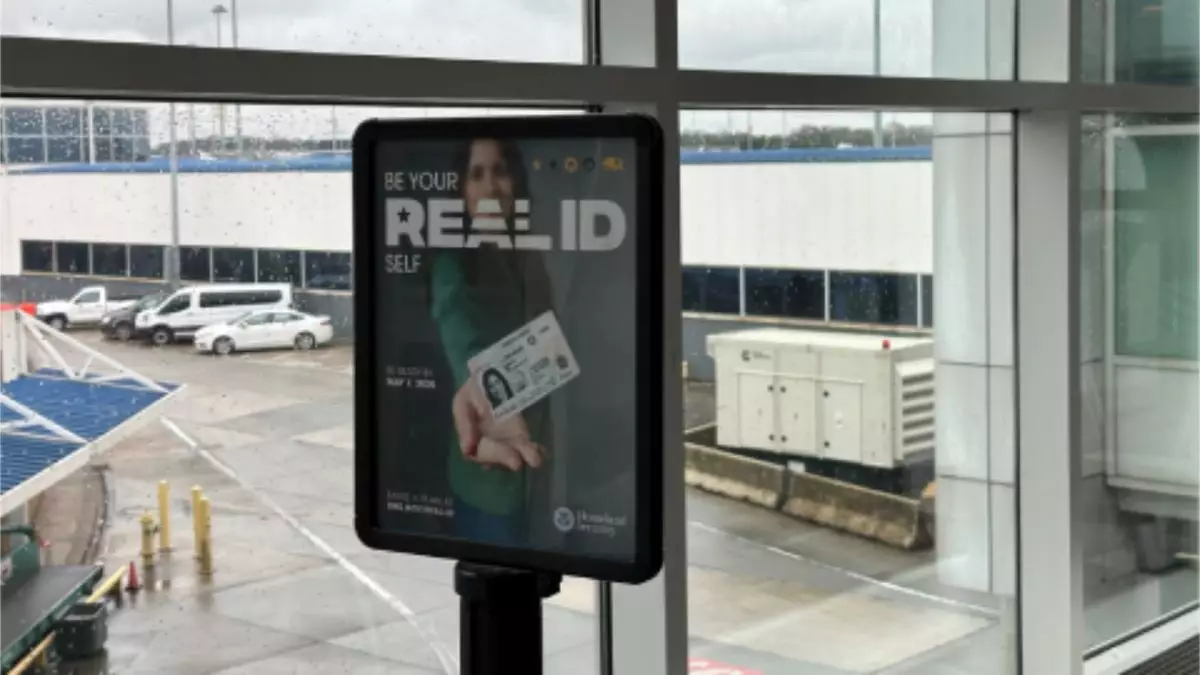As of May 7, the Transportation Security Administration (TSA) will start requiring travelers to present a Real ID when passing through airport security checkpoints. This significant policy shift is part of a broader effort to enhance national security by ensuring that all state-issued identification meets stringent security standards. The deadline for full enforcement will extend to May 5, 2027, pushing for compliance across all states, not just those that have already aligned with the Real ID Act established in 2005. This push is aimed at creating a more secure travel environment while also allowing for federal access into buildings and military bases under similar guidelines.
Interestingly, the TSA plans to adopt a phased approach to this enforcement, providing flexibility for individuals who may not obtain Real ID-compliant identification instantly. TSA spokesman Carter Langston noted that while detailed plans for this gradual implementation are not yet public, they will certainly be in place before the enforcement begins. The phased tactic aims to mitigate potential disruptions in air travel, as individuals lacking the compliant IDs could create bottlenecks at security checkpoints. This strategy is crucial not just for passenger experience but also for maintaining the efficiency of airport operations.
As of January 2024, only 56% of state IDs are deemed Real ID compliant, which raises significant questions about the readiness of the traveling public. Many individuals may be unaware that their current driver’s licenses or identification cards do not adhere to the new requirement. This lack of awareness could lead to confusion and delays as the enforcement date approaches. David Pekoske, the TSA administrator, emphasized the importance of compliance and urged the public to check their state-issued identifications ahead of time.
The urgency for public awareness cannot be overstated. With less than four years remaining until full implementation, travelers are encouraged to verify their identification status and pursue the necessary adjustments. Although the TSA is committed to facilitating this transition, passengers are ultimately responsible for ensuring they possess the proper documentation. The risk of delayed flights and lengthy security lines looms for those who arrive unprepared, as the TSA has warned that individuals without compliant IDs could hinder the flow of security processes.
The shift towards strict Real ID enforcement is a considerable step in strengthening travel security in the United States. As the May 2027 deadline looms closer, it becomes imperative for travelers to stay informed and act promptly to secure compliant identification. While the TSA is advocating for a smooth transition through phased enforcement, personal initiative from the public will play a pivotal role in avoiding disruption in air travel. Ultimately, ensuring one’s identification meets the new requirements is a necessary step towards maintaining efficient and secure travel experiences for all.


Leave a Reply